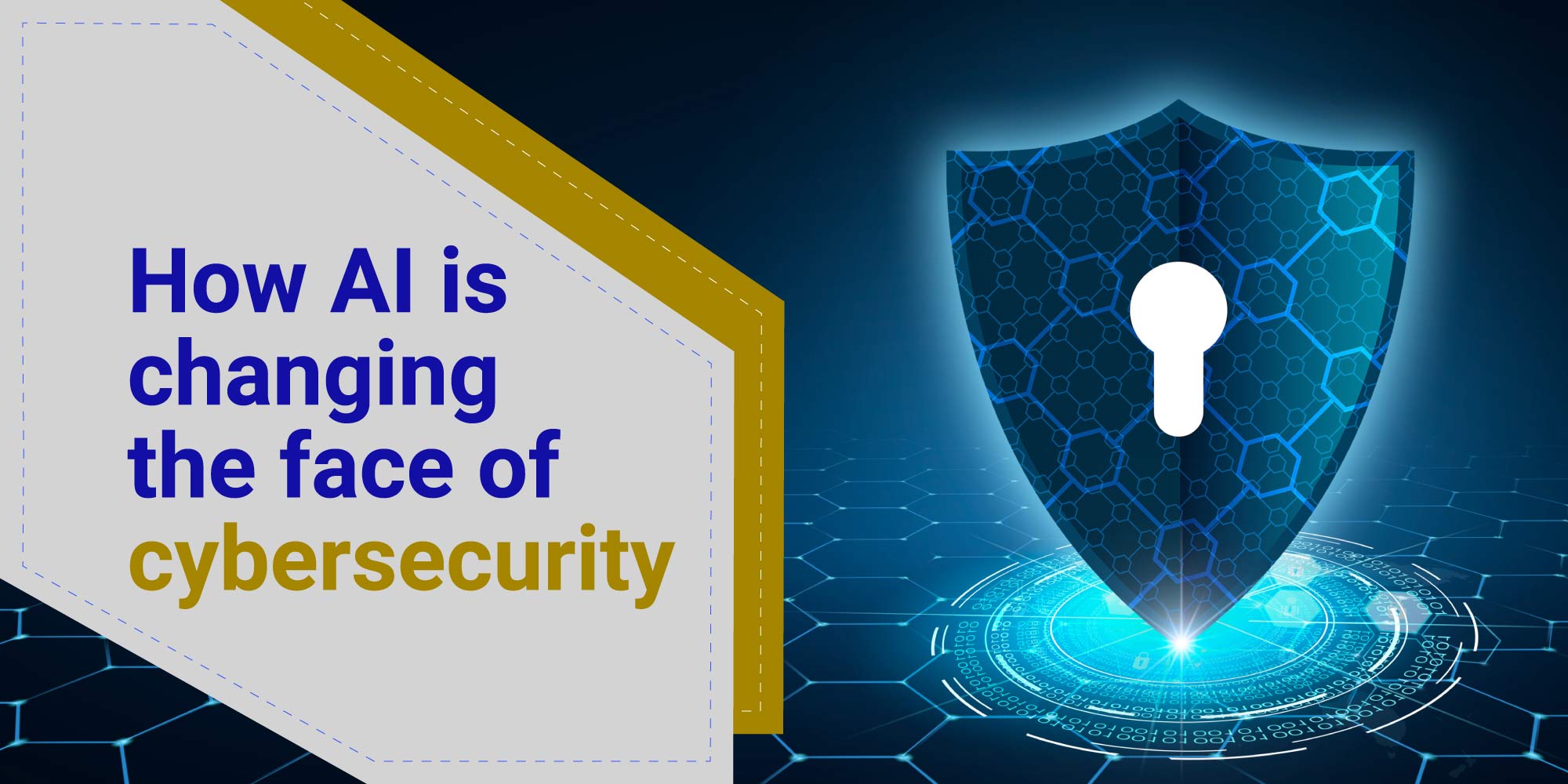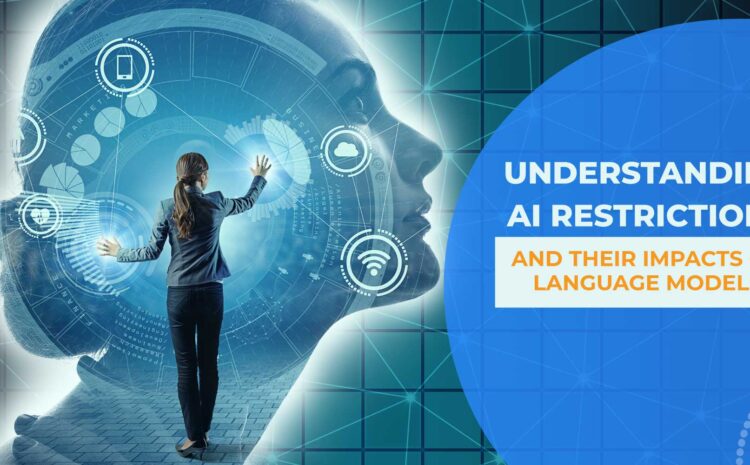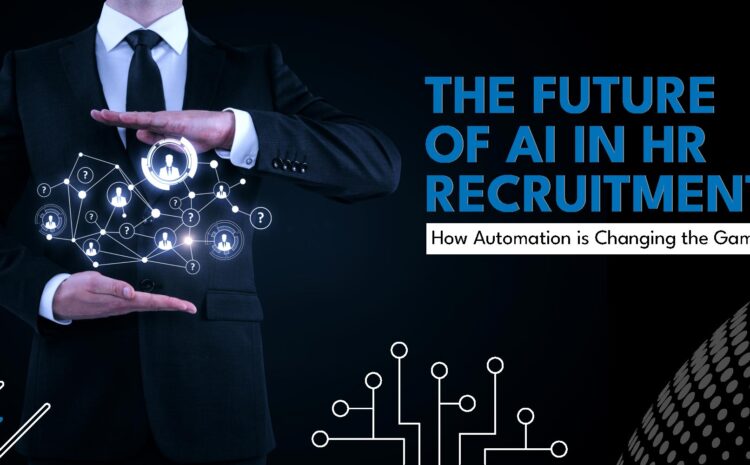Welcome to our blog! We’re thrilled to have you here. In this blog post, we will discuss how AI is changing the face of cybersecurity.
AI-powered solutions are being used to detect and respond to threats more quickly and accurately than ever before. They are also being used to automate tasks, freeing up human resources for other important work.
AI is rapidly transforming the landscape of cybersecurity. AI-powered solutions are being utilized to detect and respond to threats more rapidly and effectively than ever before.
They are also used to automate tasks, freeing up human resources for more critical duties.
Here are some of the ways that AI is being used in cybersecurity:
Malware Detection: Traditional signature-based malware detection technologies have limitations in that they can only identify known threats.
AI incorporates behavioral analysis, enabling it to detect new and previously undiscovered malware by finding patterns that might signify harmful activity. This dynamic technique is critical for detecting developing threats.
Phishing Prevention: AI can scan email content, sender behavior, and other variables to detect phishing attempts that might otherwise pass via traditional filters.
Machine learning models may learn from massive volumes of data and become skilled at detecting minor signs of phishing.
Anomaly Detection: AI may evaluate network traffic and system behavior to build a regular activity baseline.
Deviations from this baseline can then be identified, which may indicate a cyberattack or other anomalous activity.
This proactive strategy aids in the detection of hazards that may otherwise go undiscovered utilizing standard approaches.
Threat Intelligence: AI can filter through large volumes of data from numerous sources to discover new dangers and trends.
This helps cybersecurity specialists keep up to date and change their defenses accordingly.
Incident Response: Automation is crucial in incident response. AI may aid with the prioritization of warnings, the initiation of programmed responses, and even the investigation of incidents by correlating information from various data sources.
This reduces reaction time and increases the effectiveness of mitigation.
AI is still a relatively young technology, but it has the potential to transform cybersecurity. AI can help enterprises protect themselves from increasingly complex cyberattacks by automating processes and identifying threats more quickly and accurately.
Here are some of the challenges of using AI in cybersecurity:
Bias: AI models can be prejudiced, resulting in false positives and false negatives. This is a problem that the AI community is currently researching.
Explainability: Explaining how AI algorithms make judgments may be tough. This might make it tough to put faith in AI-powered solutions and address issues.
Data Availability: AI-powered systems require enormous volumes of data to train and learn from. This might be difficult for firms that do not have a large amount of historical data.
Bias: AI models can be prejudiced, resulting in false positives and false negatives. This is a problem that the AI community is currently researching.
Explainability: Explaining how AI algorithms make judgments may be tough. This might make it tough to put faith in AI-powered solutions and address issues.
Despite these obstacles, AI is a promising technology with the potential to significantly affect cybersecurity.
As AI advances, we should expect to see ever more imaginative and effective methods to employ AI to secure our systems and data.
Conclusion
AI is transforming the face of cybersecurity, and it will only grow more crucial in the coming years. AI may assist enterprises in protecting themselves from increasingly complex cyberattacks by automating processes and identifying threats more quickly and accurately.
However, several hurdles remain until AI can be effectively implemented in cybersecurity. As AI evolves, we should expect to see ever more imaginative and effective methods to employ AI to secure our systems and data.

 Linkedin
Linkedin


